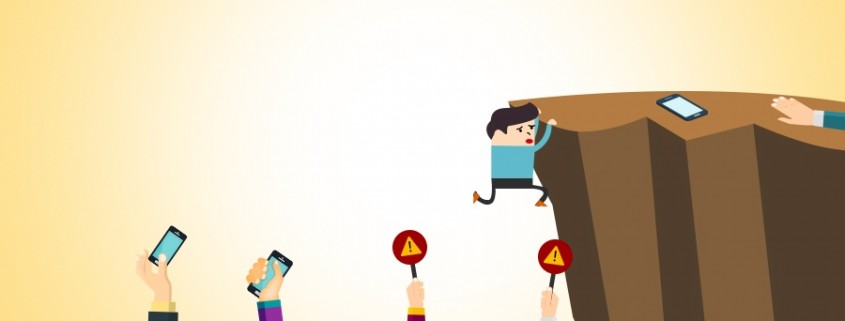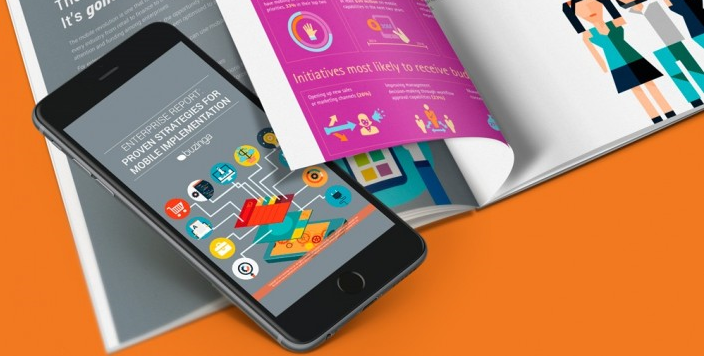Why 80% of Enterprise Apps Fail To Engage Consumers
Enterprises have spent hundreds of millions of dollars on mobile app development.
They have won app design awards, surveyed thousands of people, and have pushed their apps out to millions of consumers. BUT…no one is using their apps.
Why do they consistently fail to engage the consumer?
In this article I’ll share my findings from the research I have conducted over the last 2 and a half years on mobile consumer engagement. My research pin points exactly how enterprise apps fail, and how to truly engage users in a long lasting, profitable relationship.
Let’s take a look at some of the world’s most successful enterprise applications to find out what they did and why they have been successful.
Baffling stats you should read, and share:
- There are over 1.5 billion smartphones in use, world wide. >tweet<
- Mobile internet usage has exceeded desktop internet usage. >tweet<
- Mobile apps account for 51% of total digital media time spent. >tweet<
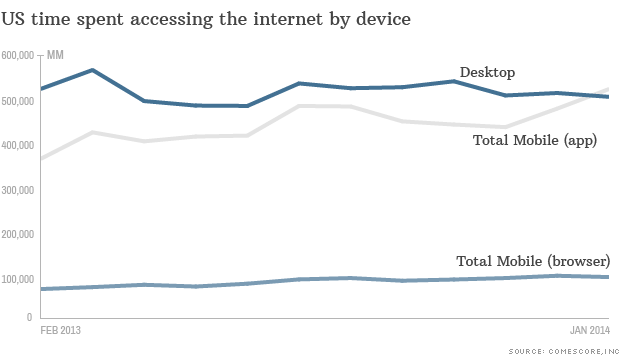
Where do enterprises go wrong?
The problem with marketers of today is that they think in the ways of ‘campaigns’ rather than connectivity. They’re constantly building campaigns designed to engage the consumer with the company. And it works…for a while anyway. But after a while the hype wears off.
These campaigns don’t build any loyalty. They’re designed to convert, not to engage and retain.
With the introduction of new technology such as Facebook, mobile and other digital mediums consumer behaviour is changing quickly. Today consumers crave to build a relationship with their favourite brands. They want to get to know the company, intimately.
Here’s where most enterprises go wrong and what to do about it to stay ahead of the curve:
1) Short term thinking
Marketing people tend to think short term, with campaigns no longer than 3-12 months. By applying this same mentality to app development we simply don’t have enough time to (a) learn about our users, and (b) iteratively improve the application over time.
Begin to think in terms of years, not months, or weeks.
Let’s look at the Starbucks app for example.
It was designed to simplify the process of buying coffee for their customers and reward them for their actions through the use of gamification.
The Starbucks application was launched back in December 2011 and now accounts for 15% of all transactions made at the U.S Starbucks operated stores. That’s a mind blowing number.
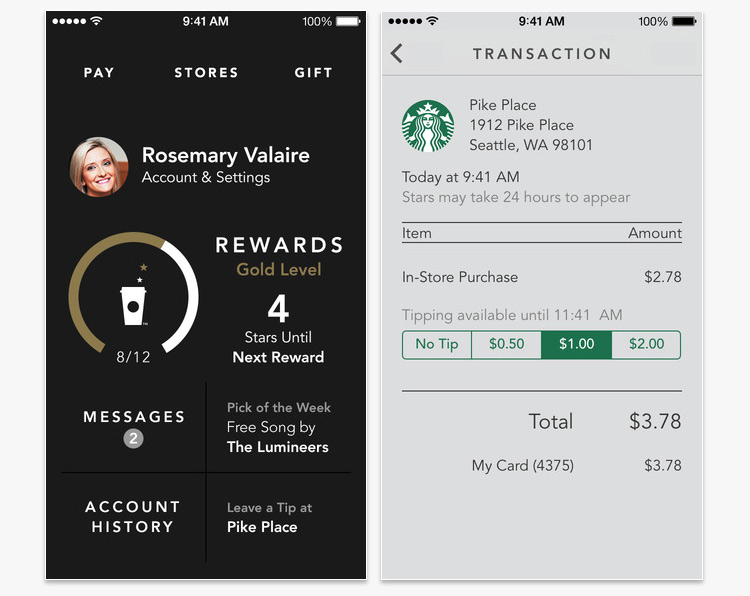
This didn’t happen immediately of course. Starbucks launched a relatively simple app into the market and have expanded on it over time with the use of customer feedback.
The Starbucks app is on track to process over $US1.5 billion in payments by the end of 2014.
2) Not useful enough
I see a lot of enterprise apps that offer ‘purchasing options’ as the primary hook to keep users engaged. Sure, that might work for some companies but it won’t work for most.
Mobile apps are the most useful when they help the customer solve a problem.
Can you pin-point the problems you’re customers are facing and build a mobile app that will help to solve it?
Commbank (Commonwealth Bank of Australia) was the first bank in the southern hemisphere to launch an application that interfaces into your personal bank accounts (Kaching app).
Commbank customers can check account balances, transfer money between accounts, pay-wave from their phone and much more, from their smartphone.
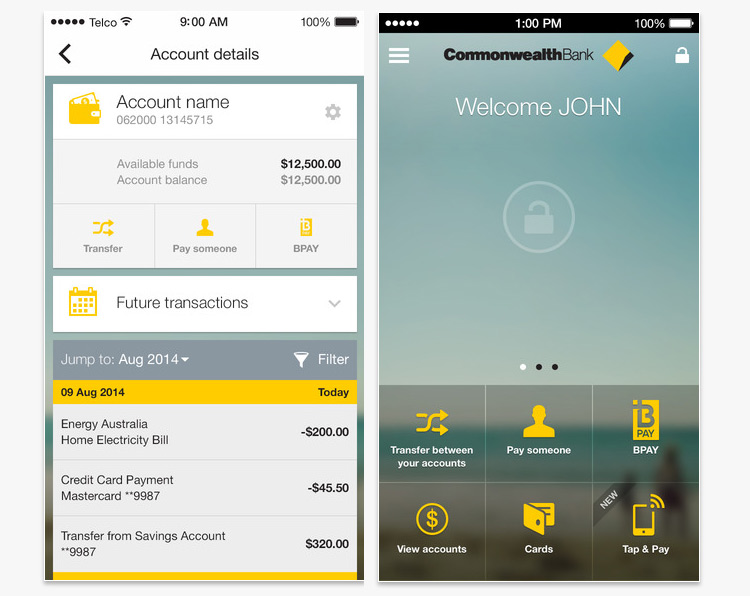
Every year Commbank releases new features that keeps its competitors awake at night, and their customers happy.
A useful application is dynamic that solves a real problem and keeps its users coming back regularly.
3) Same old, same old
Most enterprise applications that I have reviewed have very little wow-factor. People don’t engage with a QR codes and store-locators the way they use to. And they don’t necessarily want a tool that helps them buy more or engage with your business.
Today’s consumers want to be moved. Make use of the latest technology to build a useful tool that impresses your customers.
SpaNet are a leading spa-parts provider in Australia and ships over 10,000 spa units every year.
We built a home automation mobile application called SpaLink that their customers can use to control their Spa from anywhere in the world. So now a happy SpaNet customer can preheat their spa and turn the bubbles on as they drive to their holiday house in Mt Bulla.
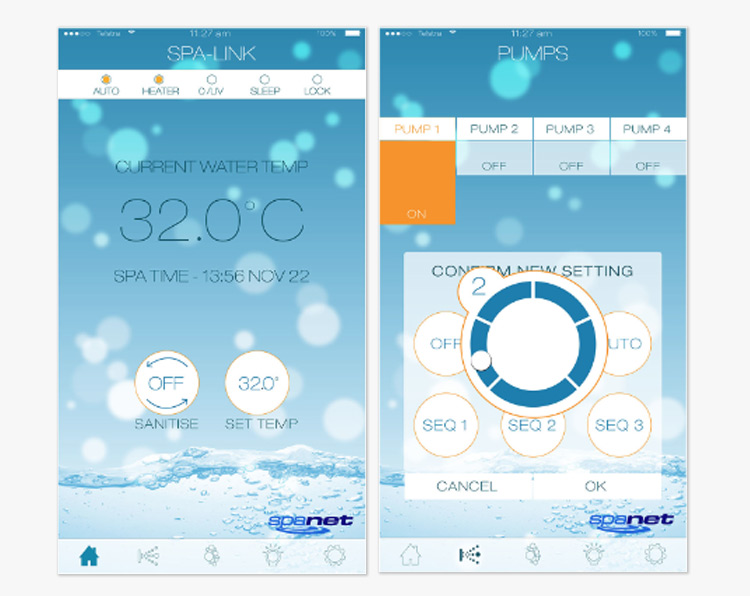
The SpaLink app doesn’t include any purchasing options or any kind. It doesn’t link the user back to the SpaNet company website/Facebook page or tell them anything about SpaNet at all. It’s just a useful tool that helps the customer operate their spa unit.
But guess what: Who do you think that the customer is going to recommend to their friends and family if they ever need a spa?
What cutting-edge convenience can you offer to your customers?
Conclusion
The most important conclusion we can make about mobile is that it’s not just an advertising medium. It’s an engagement tool. Enterprises of today can’t justify spending $50,000-$250,000 on short lived mobile campaigns with little or no ROI.
As marketers we need to focus on build long term relationships with the mobile consumer that keeps them engaged with the brand. We need to build app marketing strategies with a life cycle of 3-5 years and iteratively improve the product with new features, improved UX design and wow-factor.
This will offer up buying opportunities throughout the lifetime of the app. And if the consumer is engaged with your app then it’s your company that they will buy from, not the competition.
Mobile continues to deliver the greatest ROI hands down for the few companies that have taken the time to get to know this medium.
Want to learn how the pros are achieving mobile ROI within 1 year? Download our enterprise mobility report below…
Latest posts by Logan Merrick (see all)
- Ep 18: Collective Campus’ CEO on Intrapreneurship and Corporate Innovation - December 20, 2016
- 50 User Engagement Strategies For Planning Memorable Mobile Experiences - December 19, 2016
- Latest Data: App Monetisation Trends And Drivers 2015-2020 - November 25, 2016

